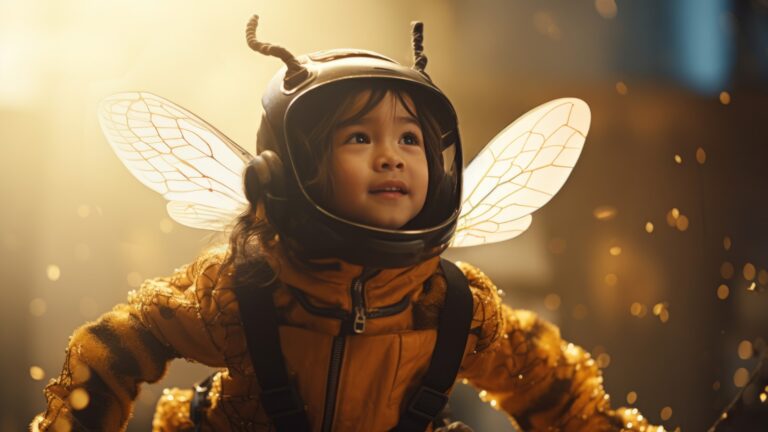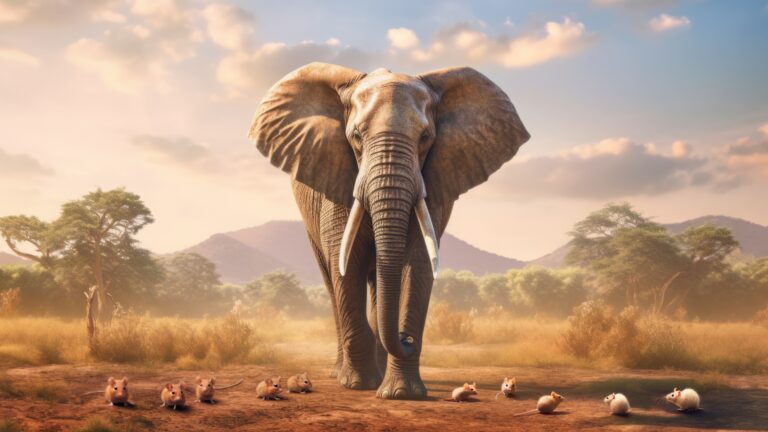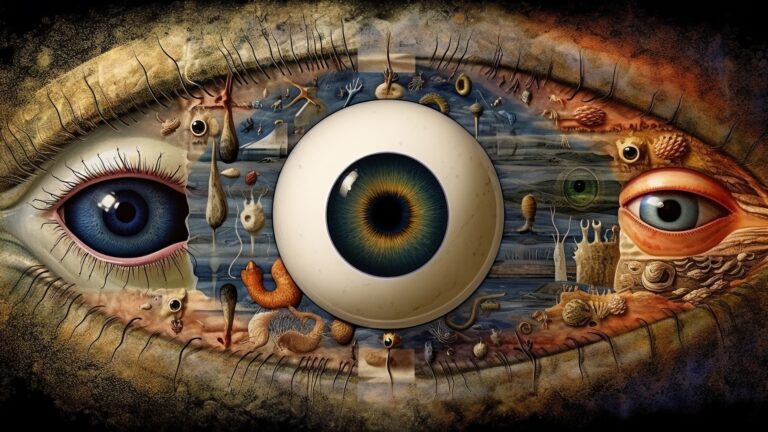In Müllerian mimicry, various harmful or unpalatable species come to resemble each other, amplifying mutual protection against predators. This adaptation arises from evolutionary pressures and has substantial impact on ecosystems and species interactions.
Basic Definition
Müllerian mimicry is a form of biological mimicry where two or more unpalatable or harmful species evolve to resemble each other, enhancing their mutual protection against predators.
Core Components
- Mutual Benefit: Unlike Batesian mimicry, where one harmless species mimics a harmful one, Müllerian mimicry involves mutual benefits for all mimetic partners.
- Unpalatability or Harmfulness: The species involved are genuinely harmful or distasteful to predators. They do not merely pose as such.
- Visual Signals: Typically involves visual cues that predators learn to associate with unpalatability or harm (e.g., bright colors, patterns).
- Predator Learning: The learning curve for predators is steepened because multiple species display the same warning signs.
- Selective Pressure: There is a selective advantage for each species to converge on the same warning signals, thus reinforcing the mimicry.
Mechanisms
- Evolutionary Convergence: Over evolutionary time, species converge in appearance due to natural selection, not because of common ancestry.
- Coevolution: Mimetic species may undergo coevolution, adapting in response to changes in each other.
- Local Adaptation: Geographical variations can lead to local mimicry rings, where a set of species in a local area resemble each other more closely than species in different regions.
Implications
- Ecosystem Impact: Affects the predation patterns and thereby the composition of species in an ecosystem.
- Evolutionary Pathways: Provides insights into the mechanisms of natural selection and coevolution.
- Human Interaction: Understanding Müllerian mimicry has applications in conservation efforts and can influence how humans interact with these species.
Controversies and Limitations
- Mimicry Spectrum: Some argue that Müllerian mimicry exists on a spectrum with Batesian mimicry, with some relationships being hard to categorize definitively.
- Complex Interactions: Not all mimetic relationships are straightforward; factors like predator behavior, and the cost of signaling can complicate the dynamics.
Examples
- Heliconius Butterflies: Multiple species share similar color patterns, all are unpalatable, reducing predation on all.
- Coral Snakes and Their Mimics: In regions where multiple venomous coral snake species exist, they often resemble each other, making it easier for predators to learn to avoid them.





